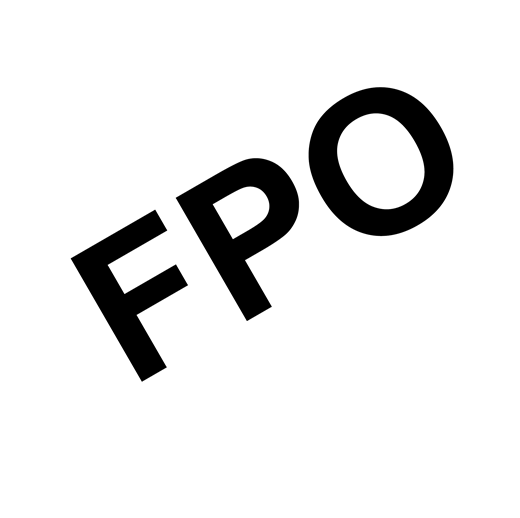Abstract
Several prognostic models have been developed to predict survival outcomes and response in patients with myelofibrosis (MF). MIPSS70 prognostic system, developed by incorporation of all the key clinical characteristics, cytogenetics, and mutational factors into one system, has recently been revised to MIPSS70+ v2.0 with refinements in degrees of anemia, cytogenetics, and HMR. While allogeneic hematopoietic cell transplantation (alloHCT) is the only curative treatment for patients with MF, limited data exists on the impact of molecular markers on transplant outcomes. Here, we evaluated the transplant outcome in MF patients who uniformly received fludarabine/melphalan (FluMel) conditioning at City of Hope and assessed the impact of cytogenetics, somatic mutations on transplant outcomes based on a 72 gene next-generation sequencing (NGS) panel and MIPSS 70+ v2.0.
A total of 110 consecutive MF patients (primary: n=58, secondary: n=52) without prior acute leukemic transformation, underwent alloHCT between 2004 and 2017. Median age at the time of transplant was 58.5 years (range: 38-72 years) with median interval from diagnosis of primary or secondary MF to HCT of 15.2 months (range: 1.6-332.5 months). AlloHCT donors were matched related (n=51), matched unrelated (n=44), and mismatched unrelated (n=15). Intermediate-2 and High risk by DIPSS accounted for 83 (76%) of patients at the time of transplant. Tacrolimus/Sirolimus-based GVHD prophylaxis was used in 100 (91%) patients, and 16 had splenectomy prior to alloHCT.
Pre-transplant DNA sample were available for 93 patients and cytogenetics information was available for 106 patients; among which 60 had abnormal cytogenetics. Based on recently developed revised cytogenetic risk stratification on transplant outcomes, we identified 67 patients (61%) in favorable, 24 (22%) in unfavorable, and 15 (14%) in very high risk groups. Median number of 2 mutations were detected with at least one mutation in 95% (n=88) of patients. JAK2 V617F was the most common alteration noted in 54 (58.1%) patients. Other common mutations were ASXL1 (n=41, 44%), CALR type 1 (n=15, 16.1%), TET2 (n=12, 13%) SRSF2 and DNMT3A (each n=10, 11%). No detectable mutations were found in 5 (5.4%) patients. HMR genes (ASLX1, EZH2, IDH1/2, SRSF2, and U2AF1) were identified in 48 patients (52%), with 30 patients (32%) carrying one and 18 patients (19%) carrying more than 1 HMRs.
With a median follow-up of 63.7 months (range: 11.9-158.5), 5 year overall survival (OS) and non-relapse mortality (NRM) were 65% (95% CI: 54-73) and 17% (95%CI: 10%-24%), respectively. Detailed transplant outcomes were previously reported (Ali et al. American Society of Hematology. Vol. 130. Atlanta, GA: Blood; 2017:199) (Figure 1a). On multivariable analysis, unfavorable and VHR cytogenetic changes had significantly shorter OS and PFS (p=0.001 and 0.008), and relapse risk (p=0.035) (Figure1b). Triple negative status (p=0.063), HMR (p=0.73), and more than 1 HMR (p=0.59) did not significantly impact survival post-HCT. (Figure1c) Similarly, CALR type 1 (p=0.42), and ASXL1 (p=0.29) mutations also did not impact survival after HCT. Only CBL mutation was significantly associated with lower OS (HR=2.64, 95% CI: 1.09-6.38, p=0.032) and lower DFS (HR=4.35, 95% CI: 1.83-10.36, p<0.001), largely attributable to increased NRM (HR=3.68, 95% CI: 1.45-9.35, p=0.004). In addition U2AF1 mutations were significantly associated with NRM (HR=3.42, 95%CI: 1.50-7.80, p=0.009). Per MIPSS70+ 2.0, patients were classified into intermediate (n=11), high (n=47), or very high-risk (VHR) (n=35). MIPSS70+ 2.0 predicted OS, DFS, and NRM. Compared to high risk group, intermediate risk patients had better OS (HR=0.291, 95% CI: 0.04-2.26) and DFS (HR=0.24, 95% CI: .03-1.91), whereas VHR group had much lower OS (HR=5.05, 95% CI: 2.39-10.74, p=<0.001) and DFS (HR=3.87, 95% CI: 1.9.0-7.88 p<0.001). (Figure 1d) Compared to high risk, intermediate risk group had lower and VHR had higher NRM (HR=0.51, 95% CI: 0.06-4.23), and (HR=3.24, 95% CI: 1.47 - 7.13, p=0.004), respectively.
In summary, we are presenting one of the largest single center experiences of FluMel-based alloHCT for MF patients, demonstrating revised cytogenetic changes and MIPSS70+ v2.0 accurately predicts transplant outcomes, thus would better inform physicians and patients in discussing and decision making about alloHCT.
Ali:Incyte Corporation: Membership on an entity's Board of Directors or advisory committees. Khaled:Juno: Other: Travel Funding; Alexion: Consultancy, Speakers Bureau; Daiichi: Consultancy. Salhotra:Kadmon Corporation, LLC: Consultancy. Stein:Amgen Inc.: Speakers Bureau; Celgene: Speakers Bureau. Forman:Mustang Therapeutics: Other: Licensing Agreement, Patents & Royalties, Research Funding.
Author notes
Asterisk with author names denotes non-ASH members.


This feature is available to Subscribers Only
Sign In or Create an Account Close Modal